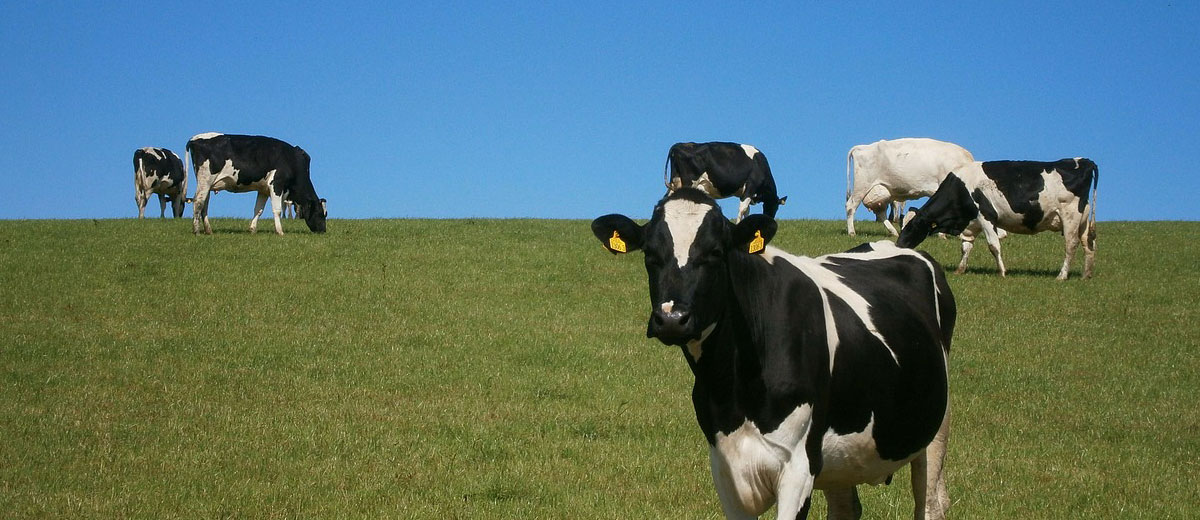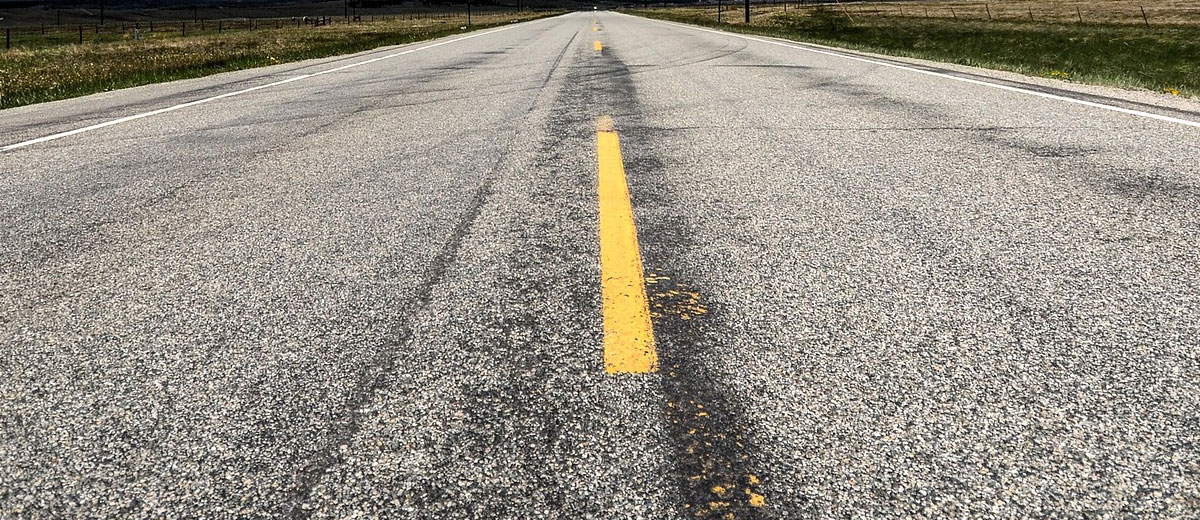
Provincial Budget Prioritizes Education, Health Care, and local Communities
The government of the Saskatchewan Party has announced that the upcoming provincial budget features unprecedented hikes in funding for school operations, health care, and revenue sharing with municipalities.
In the 2024-25 budget revealed on Wednesday afternoon, the province highlighted its priority areas as “education, health care, and local communities.”
The budget does not introduce any new taxes or increases in existing taxes, positioning Saskatchewan as among the most cost-effective places to reside in Canada.
A breakdown of the anticipated $20.1 billion in expenditure outlines how the funds are earmarked for allocation by the government:
- Agriculture — $1.5 billion
- Community development — $904.8 million
- Economic development — $329.7 million
- Education — $4.4 billion
- Environment and natural resources — $373.6 million
- Financing charges — $911.5 million
- General government — $581.4 million
- Health — $7.6 billion
- Protection of persons and property — $1 billion
- Social services and assistance — $1.8 billion
- Transportation — $678.3 million
The government noted that it was expecting to run a deficit this year of $273.2 million.
The government has acknowledged an anticipated deficit of $273.2 million for this fiscal year.
Contrastingly, last year’s budget initially projected a $1 billion surplus, which was revised to a $250 million deficit in the mid-year report and further adjusted to an estimated $482 million deficit. This follows a $463 million deficit recorded in the 2022-23 budget, with Finance Minister Donna Harpauer having forecasted these deficits as early as 2021.
Provincial revenues have seen a modest increase of 0.9 percent from the previous year’s budget, reaching $19.9 billion. This revenue includes:
- $9.7 billion from taxes
- $2.7 billion from non-renewable resources
- $657 million from the net income of government business enterprises
- $3 billion from other sources
- $3.8 billion from federal transfers
Projected total expenses for the year have risen by 7.9 percent to $20.1 billion compared to the 2023-24 period.
The government also reported some population growth, with expectations to reach 1.25 million residents in Saskatchewan by the end of the year.
Oil prices are anticipated to slightly decrease from the previous year’s forecast of $77.30 per barrel to $77 per barrel. Additionally, the forecast for potash prices has been adjusted from $284 per KCI tonne to $268 per KCI tonne.
Budget highlights include allocations for the construction of nine new schools and renovations for two existing ones in Saskatoon, Regina, Pinehouse, Corman Park, and Swift Current, though specific locations and names have not been revealed.
Significant investments in healthcare infrastructure include $180 million for Prince Albert Victoria Hospital, $55 million for Weyburn General Hospital, $27 million for long-term care in La Ronge, $21.9 million to finish the Regina General Hospital parkade, and $20 million for specialized long-term care beds in Regina.
Additionally, the budget allocates $4.7 million for youth-focused mental health initiatives and $3.6 million to expand health science programs, covering fields such as physician assistants, speech-language pathology, occupational therapy, and respiratory therapy.
To support economic growth, $29.5 million is directed towards improving rural and municipal roads for municipalities and industry partners.
The government is initiating investments for the Saskatchewan Marshals Service, allocating $7 million for its implementation and staffing, with operations expected to commence by 2026.
Expansion of the Saskatoon Remand Centre is underway, with $37 million dedicated to increasing space and offering rehabilitation programs.
To enhance wildfire management, $5.52 million is reserved for four airtankers, with the first expected to arrive in late summer 2025 and the rest by the end of 2027.
Households are projected to save an average of $400 annually due to SaskEnergy and SaskPower ceasing carbon tax collections on natural gas and electric heating.
Finally, despite expectations for an increase, the small business tax rate will remain at one percent until June 30, 2025, instead of rising to two percent in July.








































